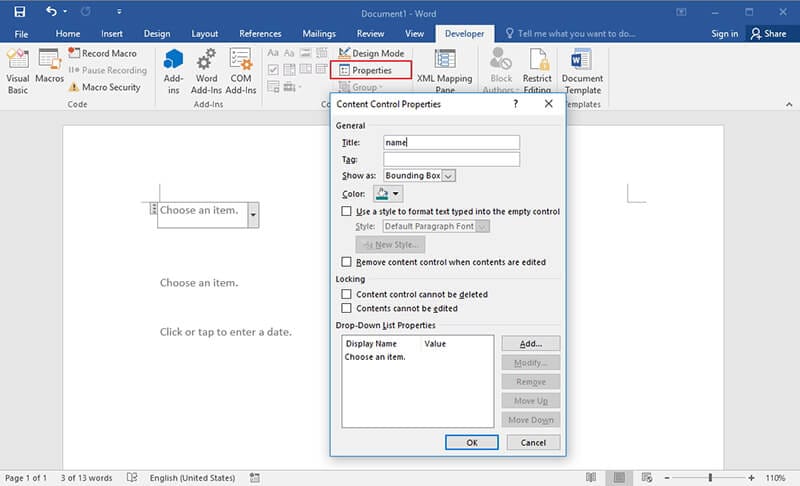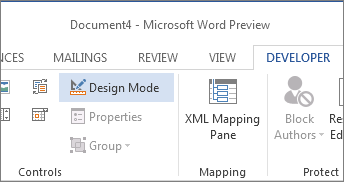

If you’re not familiar with Styles: every Word document uses a bunch of styles to define the look of everything on the page and on the screen. Then, right-click the Normal Style button and choose “ Modify…”Ī window opens- yeah I know, it’s not using dark mode… maybe in a next update? Click the “ Styles” button to list most used styles in your document. Right-click anywhere on the black text, a little pop-up should appear.

If your document was not created directly in Word or if you have defined a custom Normal style, it’s possible your text won’t update after changing the background color. Word is clever enough to remember that in general paper is white and text should be printed in black. This theme applies only to the screen rendering of your document. “But, I don’t want my page to print in dark and my text in white!” You’ve just picked a background color for your entire document, and Word will automatically change its text, using a contrasting color. Once you have opened the Page Color settings, pick a theme in the Theme Colors. Tip: use Word’s search field to quickly access any command or button: type what you’re looking for: In the Ribbon, go to the Design tab and then click the Page Color button. Which one to use depends on what you want to do: keep using the traditional page display mode, or not. Let’s have a look at a test document in Word.Īs expected, the user interface is dark but the document itself, our page, remains blindingly white.

You guessed it, this will apply to all Office 365 applications, not just Word.


 0 kommentar(er)
0 kommentar(er)
